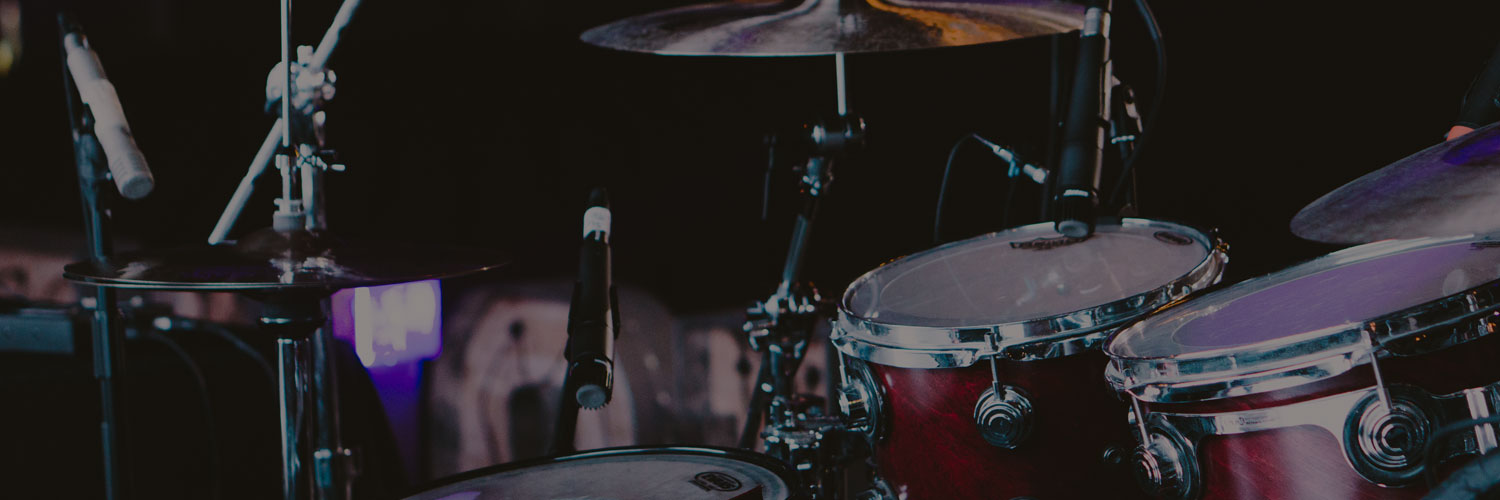You have invested a lot of time into assembling and tuning a drum kit that sounds exactly the way you want it, but when you mic up at a venue or in the studio, it just doesn’t sound right. To avoid this situation, many drummers bring their own mics to gigs or recording session, since when you have your own microphones, you know that you will consistently get a sound that you like.
Rather than carry overhead microphones and stands (which can also pick up the other instruments beyond the drummer, resulting in audio spill, or bleed), many drummers rely on clip on microphones. If you are ready to shop for your own set, here are some tips to get you started:
Size Does Matter: If you are using clip-on microphones for your drums, you want to be sure the mic will not come loose and cause audible vibration. This can be an issue for drummers who play with an aggressive technique. One way to avoid this is by choosing the lightest clip-on microphones possible, as less weight leads to less vibration. Larger models can also get in the way of your playing, and many drummers also simply dislike the way that they look while performing.
Making Decisions: Where do you start? The first drum to be amplified is usually the kick or bass drum. This cuts down on spill or bleed from the other drums, and results in a powerful sound mix. Next, most drummers mic the snare, the mounted toms, and the floor tom. They style of the drummer, and how many channels are available also need to be considered when deciding what parts of the kit to mic.
Do Sweat The Technique: Jazz drummers who use brushes and play in a more delicate style will need a sensitive microphone, whereas loud rock drummers need to be sure that they are choosing microphones that can handle loud noises (and physical abuse).
Buy A Pack: If you are a drummer who is ready to invest in your own mics, a complete pack from a manufacturer is typically a very good deal. You will get all of the mics that you will need for your kit (plus accessories and a carrying case) for less than you would pay purchasing each piece individually.
You Better Shop Around: A higher price tag does not always equal a better sound. Depending on your style of playing and goals for your sound, an affordable microphone may be just what you need. Talk to other drummers, and pay attention to the equipment used in live performances where you have liked what you hear.
On the other hand, if you are playing mostly smaller venues, you may not get a lot of use out of clip-on microphones. In small venues, your drums can usually be heard without any amplification help, or perhaps just with overhead mics. However, if you are playing large venues, especially with other musicians who are also very loud, putting mics on individual drums will help the sound engineers produce a clear, balanced mix for the audience to enjoy.
Finally, keep in mind that if you are looking for a certain sound, consider not just your mic choice, but also your drums. A metal snare and a wooden snare will have different sounds, and different mics will make them sound their best.
Clip-on drum mics can be a subjective tool – have you have a great experience using them, or a terrible one? Let us know in the comments. And check out the great selection of drums and drum mics at great prices, at www.fullcompass.com.




